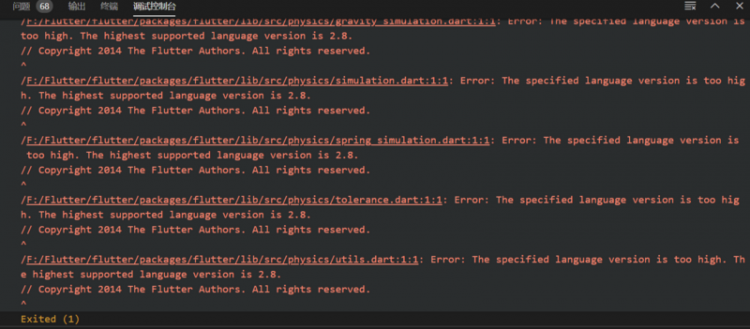区分或有负债和负债
负债是欠债权人的金额。长期负债和短期负债是负债的类型。
长期负债预计将分期支付或支付时间超过一年。然而,短期负债预计将在一年内支付。
或有负债是可能发生或不发生的负债。这意味着或有负债将取决于未来事件。
会计
当您负有义务时,责任立即被计算在内。金额作为应付账款或票据记录在账簿中。
或有账户仅在义务很可能发生且金额可以估计时入账。
要求和标准
负债在实际实现时予以记录。
当损失重大时,记录或有负债。
差异
或有负债与负债之间的主要区别如下 -
| 不 | 负债 | 或有负债 |
|---|---|---|
| 1 | 应计入主体,并于资产负债表日支付。 | Liability may be payable in future depending on the outcome of specific future events. |
| 2 | 由于过去的交易而产生。 | Accrues due to future specific events. |
| 3 | 在资产负债表上未偿。 | No outstanding as on the balance sheet. |
| 4 | 直接的货币影响。 | Not immediate (may or may not be in future) monetary impact. |
| 5 | 考虑到交易率的日记帐分录。 | Not accounted for journal entries till they converted into real liability. |
| 6 | 记入资产负债表。 | Recorded only for the purpose of disclosure. |
| 7 | 量化是根据实际值进行的。 | Quantification is based on estimated values. |
| 8 | 货币流动是确定的。 | Monetary outflow is uncertain. |
| 9 | 示例 - 存款、债权人、未偿付款等。 | 示例 - 保修、法律诉讼等。 |
以上是 区分或有负债和负债 的全部内容, 来源链接: utcz.com/z/345783.html





